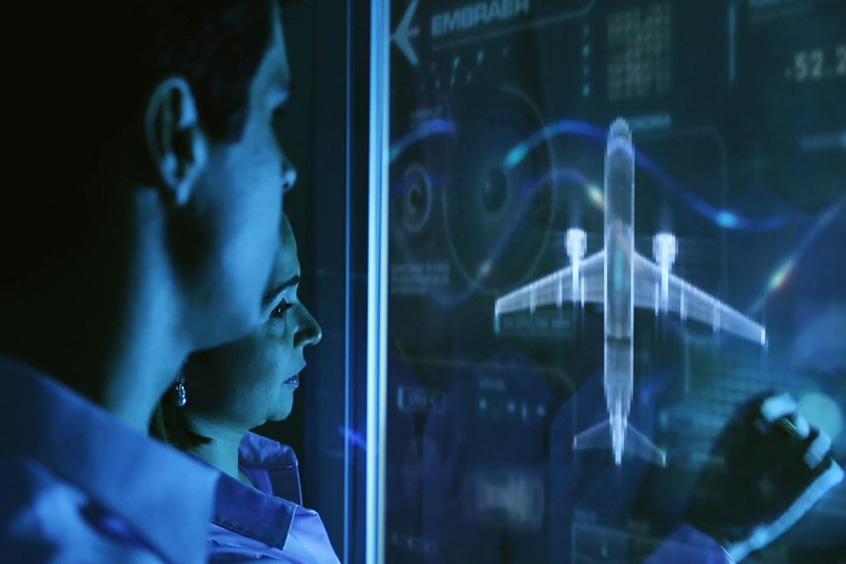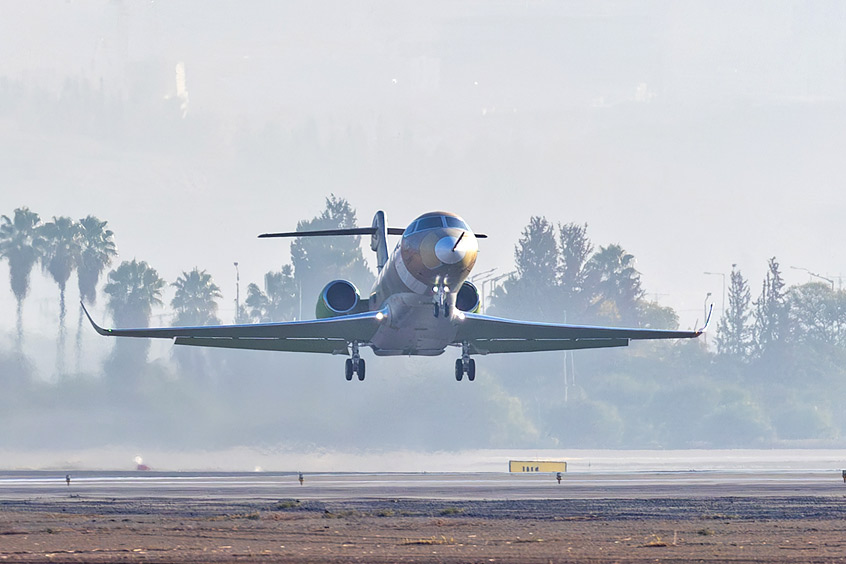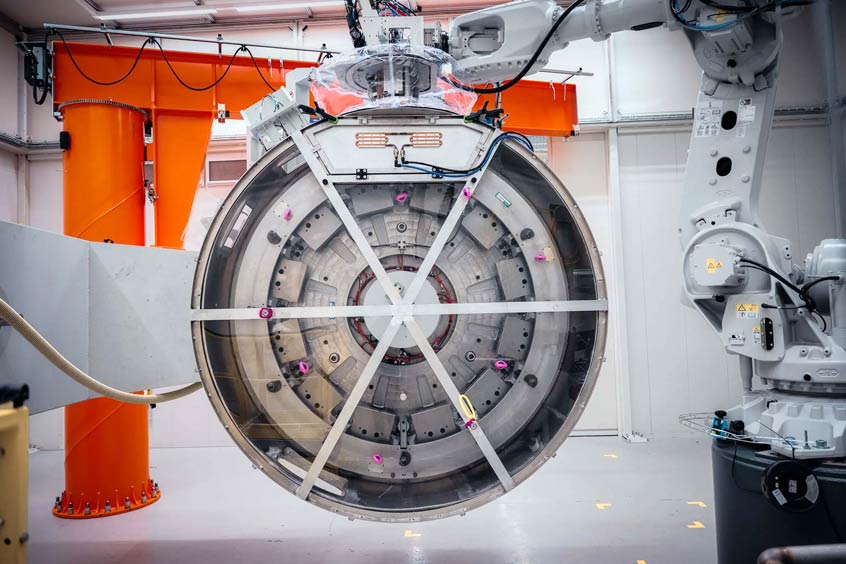The U.S. Department of Energy's Advanced Research Projects Agency-Energy (ARPA-E) has selected Advanced Magnet Lab, Inc. for the development of innovative lightweight and ultra-efficient electric propulsion motors, drives and associated thermal management systems for commercial electric aircraft.
The program couples AML's novel permanent magnet rotor and stator technology with integrated power electronics and cooling, which have the potential to enable power densities beyond 12 kW/kg for the full electric drivetrain. Today, aircraft, using gas burning turbine engines, achieve approximately 6-9 kW/kg.
This transformation from gas to electric propulsion requires novel technologies and various breakthroughs to improve energy efficiency, while also reducing carbon dioxide emissions, nitric oxide pollutants and noise levels.
AML and its team have proposed a solution with the following elements: A dual permanent magnet rotor based on AML's PM-360 magnets; enhanced cooling allowing for high current density stator coils; high-power density power converters; and a shared closed-loop cooling system.
AML's novel approach is based on a breakthrough magnet technology called PM-360, which significantly increases the performance of magnet-based products at a competitive cost. For electric propulsion, AML's solution incorporates a dual PM-360 rotor, which provides the optimum motor performance and eliminates iron that is used in conventional motors.
The ultimate goal of the program is to develop innovative lightweight and ultra-efficient electric motors, drives, and associated thermal management systems (collectively referred to as the all-electric powertrain) that will help enable net-zero carbon emissions in commercial aircraft. Single-aisle and twin-aisle aircraft that carry 100 or more passengers account for more than 90 percent of global emissions from commercial aircraft.
AML is collaborating with the Center for Advanced Power Systems (CAPS) at Florida State University, which is developing the high-power density power converters which will drive and control AML's motors.
Presently, AML is engaged in multiple commercial programs, including for medical and other electric motor applications, which are all based on PM-360TM. Additionally, AML's technology provides for an alternative to regions outside of China for the production and supply of permanent magnets.
AML received its competitive award from ARPA-E's Aviation-class Synergistically Cooled Electric-motors with iNtegrated Drives (ASCEND) program. This announcement is for Phase 1 of the program, which is $654,354.
"We are extremely excited to be provided the opportunity to develop and exhibit our capabilities and technologies for the future of aviation," says Dr. Philippe Masson, CTO of AML.
| Contact details from our directory: | |
| AML Superconductivity and Magnetics | Magnets, Superconducting Materials |
| Related directory sectors: |
| Non-metal Materials |
| Non-Mechanical Components |
Weekly news by email:
See the latest Bulletin, and sign up free‑of‑charge for future editions.

Embraer and Aquarela complete AI-based Smart Planning project

Dassault expands Falcon 6X build partnership with Dynamatic

Super-midsize G300 completes first flight
